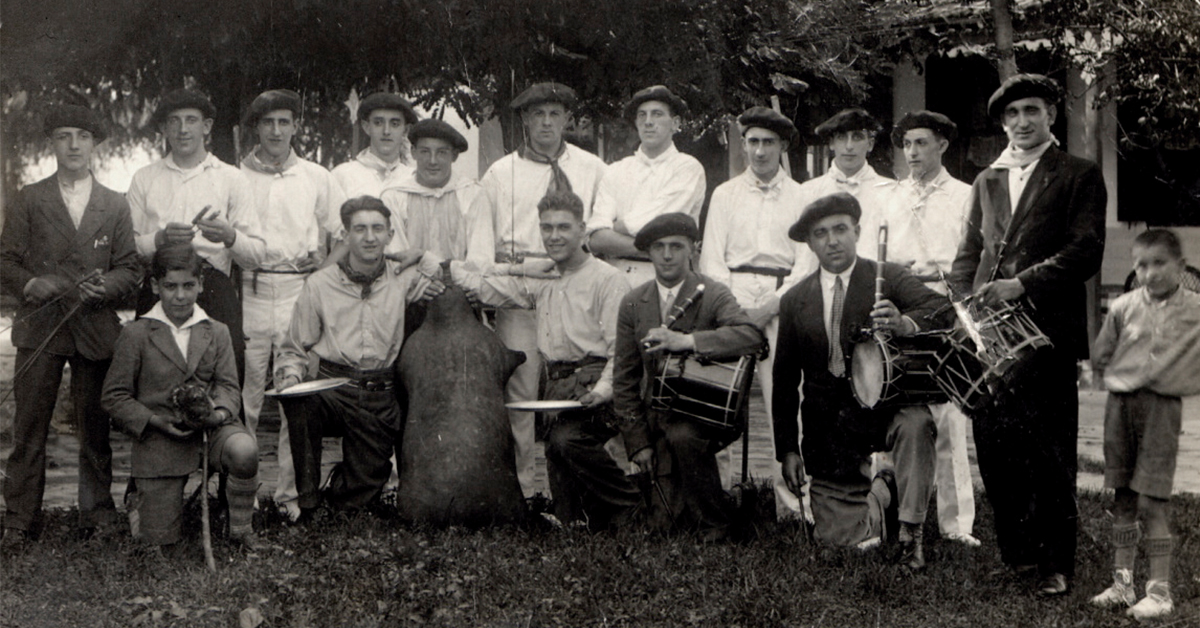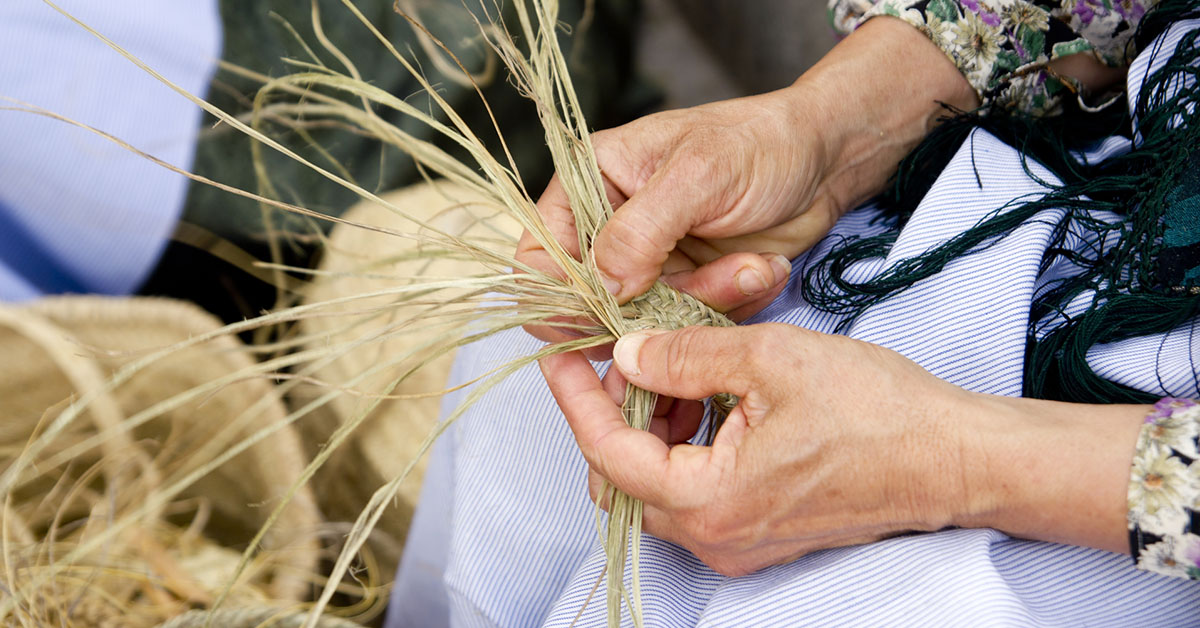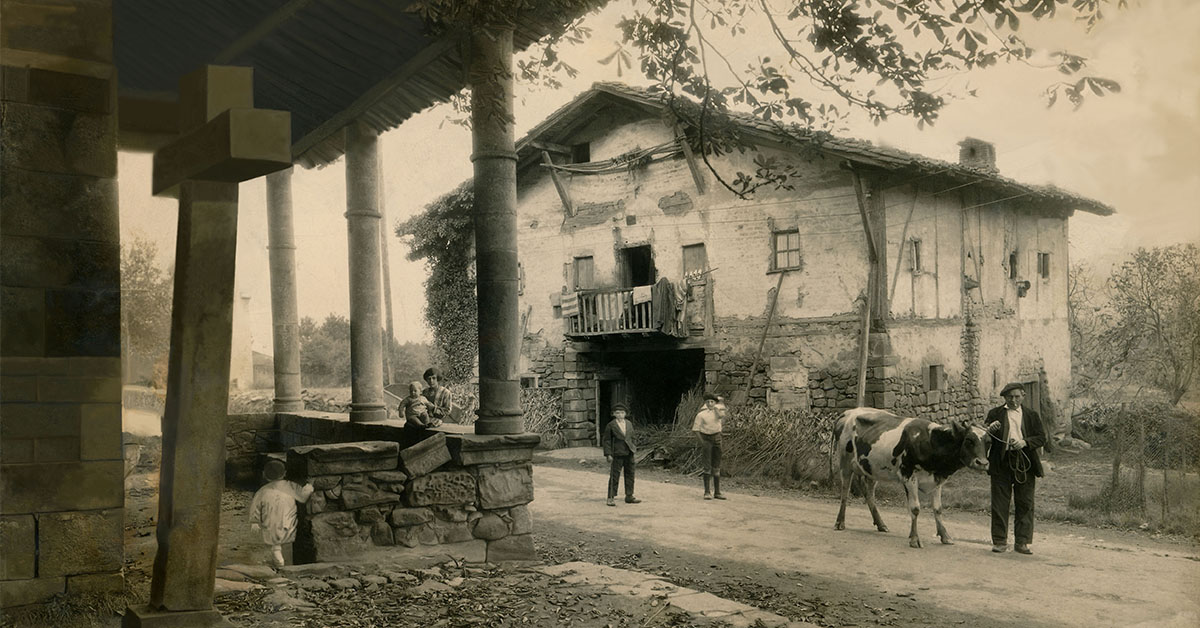Basque ethnography at a glance
Wine and the skins used to transport it are a common feature of the country’s festivities. The wineskin gave its name of dances and routes (edate dantza), and is a feature of sung dances or at the centre of the festive celebrations of young people (zaragi mutilek, mutil ardoak, eskotekoak, etc.) where the wineskins are passed around and are the usual way to invite the revellers to drink wine. Therefore, it is not far-fetched to think of the skin inflated with air and drained of wine as a symbol to tell the community that the festive revelry has come to an end and it is time to return to the daily chore.
Copyright and its regulations have been a source of major disputes and headaches in the field of intangible cultural heritage. In fact, our legal system has developed legislation according to ownership, and linking that to the creation or authorship in the sphere of the intangible.
What occurs then in the case of the expressions of intangible cultural heritage where it is difficult or impossible to establish a specific author? Who then holds the legally recognised copyright?
The expressions of intangible cultural heritage have led to in-depth debates on the legal aspects in the academic field and the international arena in general. As our legal systems focus copyright on such solid concepts and principles as ownership and authorship.
The Oria is the main river of Gipuzkoa. It runs from its source in Aizkorri for 75 kilometres through 18 municipalities until it enters the sea at Orio. Even though it may seem the town has traditionally been a fishing town, its inhabitants had to also work in other trades to earn their living. There have been several shipyards along the Oria river estuary – that is, the kilometres of the river that are tidal ؘ– from the 16th century to the present. And why is that? The Orio coastline was originally known for its currents that made it very dangerous for ships and boats. Before the two sandbars were built and the estuary took on the appearance that we know today, the seafarers from Orio faced great difficulties to set to sea from there. They therefore turned to other trades in the past.
In the first section of the article entitled Euskarakadak we talked about phonetic issues, while in this second, we will focus on the area of syntax.
To get an idea of what we are going to talk about, it would be enough to remember how the character Koldo Zugasti (the actor Karra Elejalde) spoke in the film Ocho apellidos vascos (Eight Basque surnames): «Siempre me acordaba del cumpleaños tuyo; pero tampoco llamarte no iba a hacer, porque lo mismo igual te ponía incómoda o así…» (I always remembered your birthday; but I wasn’t going to call you either, because the same thing made you uncomfortable or like that…).





